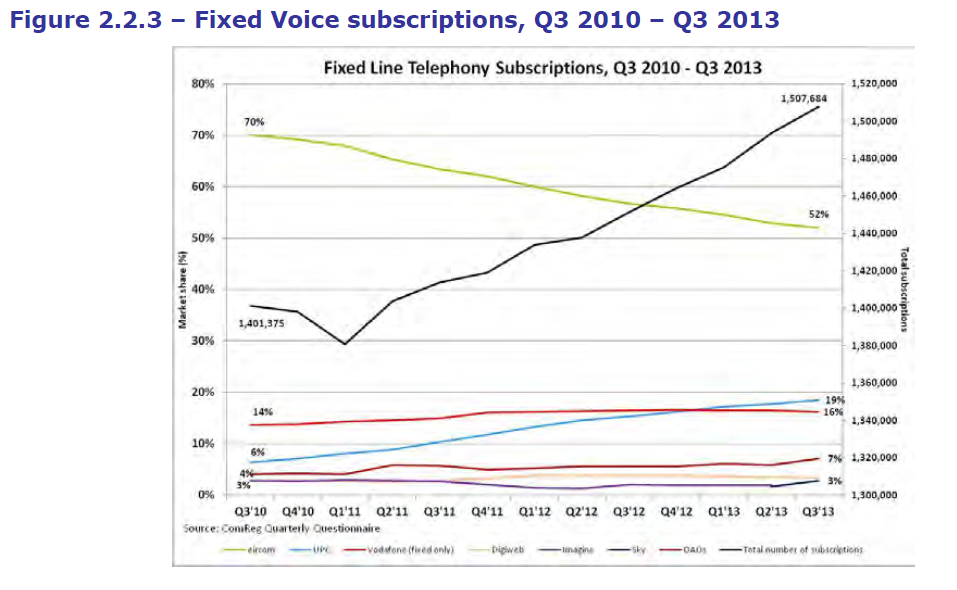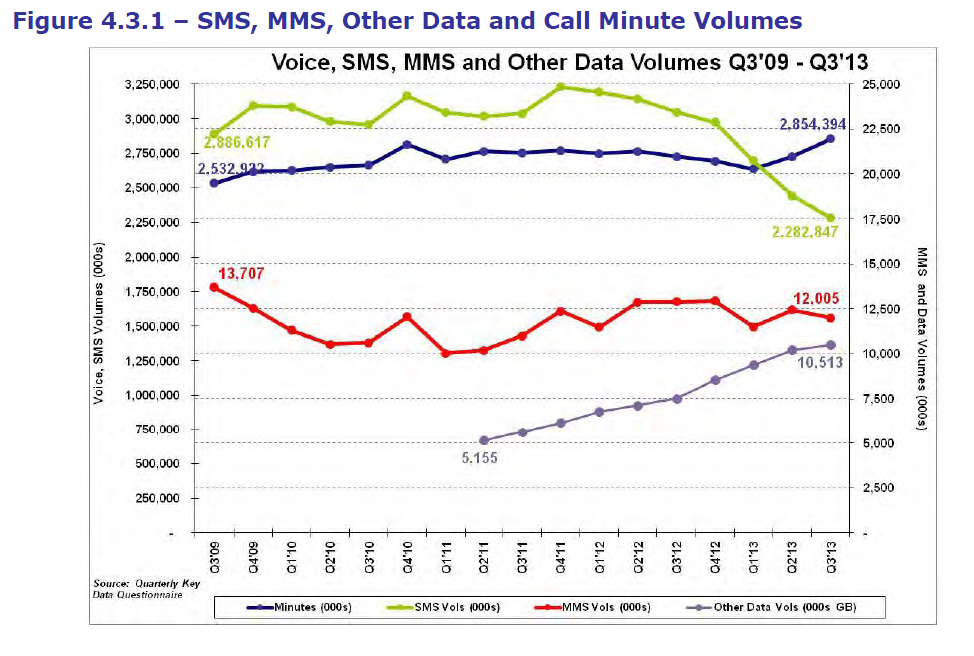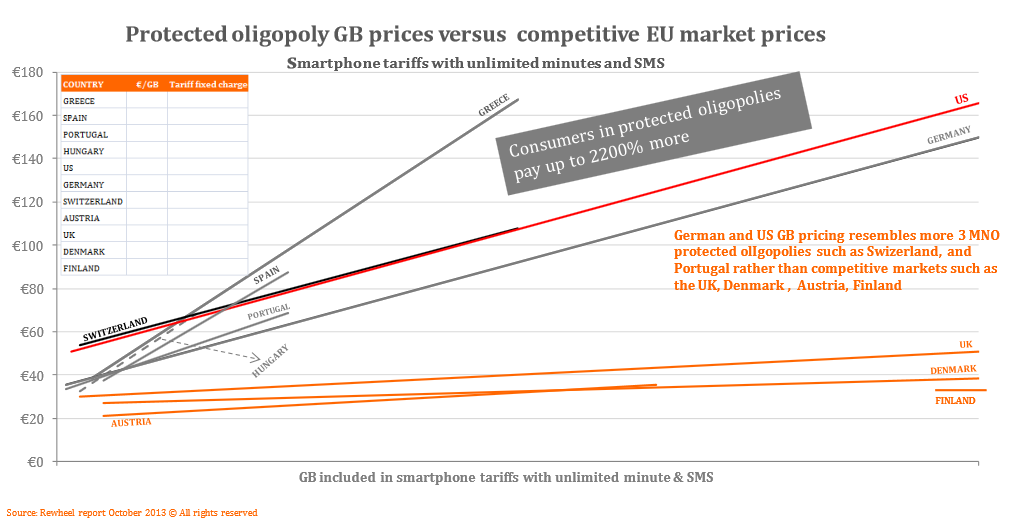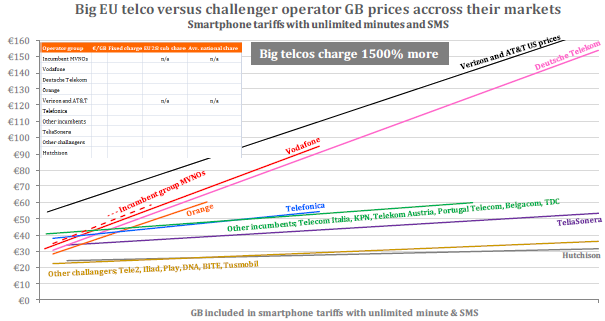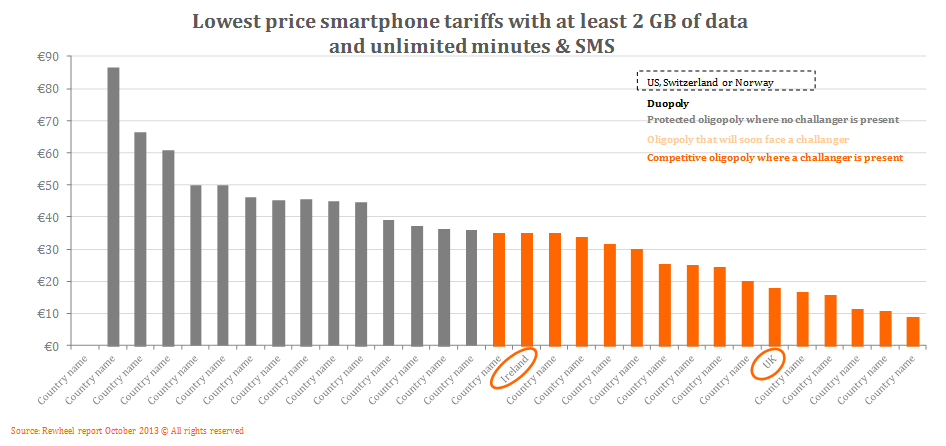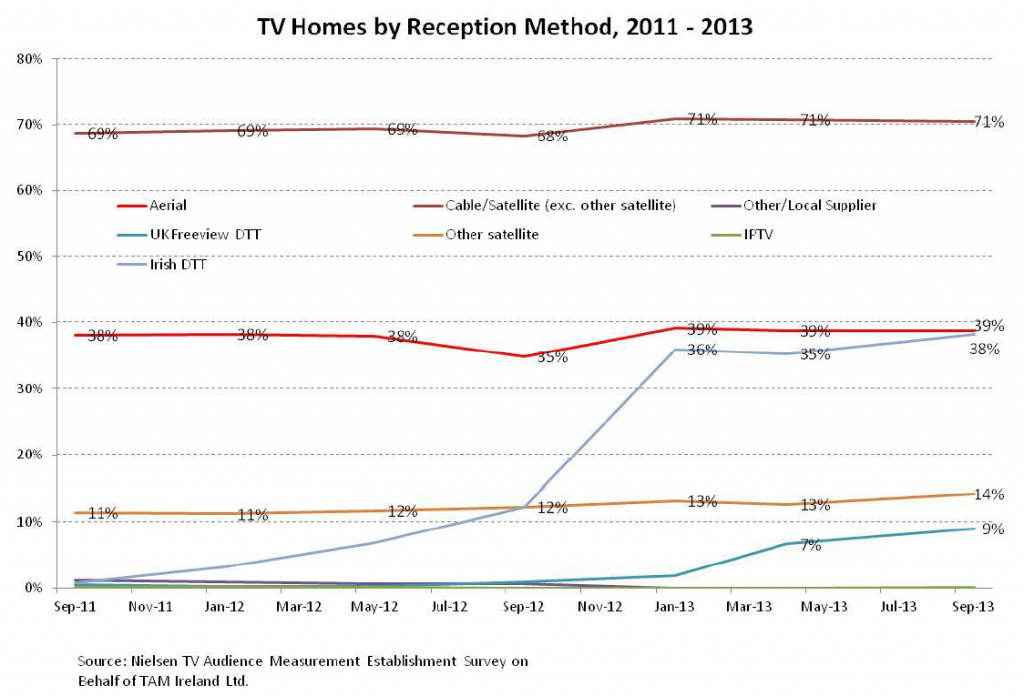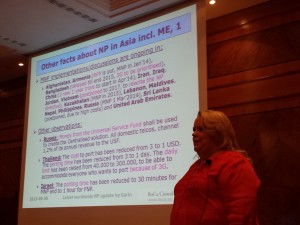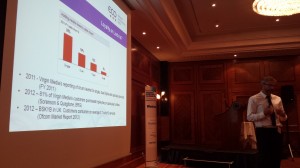4G LTE is slowly seeping into the Irish consciousness. Eircom’s launch announcement seems to have gained most of the attention, although Vodafone and O2 have been rolling out LTE in Ireland too.
So what exactly is LTE?
LTE is a complex set of evolving standards, but suffice it to say that it makes mobile data speeds a whole lot faster, and should provide a more reliable and consistent mobile data experience, too. Testers in the UK are reporting download speeds from 8Mb/s to 25Mb/s, and healthy upload speeds. It (obviously) requires a LTE-compatible handset, like the Samsung S4, and it will usually require a specific 4G subscription – at least initially. LTE data also exhibits less latency, so the customer experience of some real-time data services will improve. Voice can be carried as packet data over LTE, which presents some opportunities (and headaches) for telcos. It seems that initially at least, voice calls will be carried by 3G and 2G networks.
Some readers will remember that 3G used to have the alternative name UMTS, which stood for universal mobile telecommunications system – which it wasn’t. While the Japanese & Europeans agreed a 3G standard – in itself a step forward- the Americans largely went with a different version of 3G, a problem that bedevilled the Vodafone-Verizon relationship. LTE should end that problem too. However, one issue with LTE is that it uses a wide range of different frequencies in different countries, resulting in some early compatibility issues. It seems that handset manufacturers are addressing this by increasing the number of radio frequencies supported. Another is that running 4G is reported to reduce battery life. Finally, don’t confuse LTE with 4G, which (outside the technical standards organisations) can refer to LTE, to 3G HSPA or to WiMax.
And what is LTE for?
A cynic might say that the purpose of LTE is either a) to raise revenue for governments or b) an excuse for some telcos to charge extra for mobile data. Let us put those thoughts aside. UK regulator OFCOM has published an interesting report on future services enabled by LTE. It is worth quoting:
- Personal services will be enhanced with contextual information so that technology becomes more and more deeply embedded into our daily activities.
- Enterprise efficiency applications will continue to grow, with big data techniques extracting insight from unstructured data, and digital business changing the way many companies serve customers.
- Public infrastructure − city, transport, health and so on − will become more connected and intelligent, allowing more efficient utilisation and helping society to deal with challenges such as the ageing population
Which is all good news, I’m sure you will agree. It also identifies two potential new applications:
- New mobile data services for the emergency services – essentially an upgrade path from the TETRA networks that the UK emergency services have been running. Data speeds on TETRA are pretty poor. Perhaps Irish government TETRA users will migrate to LTE when networks are built out.
- New mobile broadbast services. LTE defines a mobile broadcasting service – eMBMS. The report is sceptical about the consumer demand for such services in the UK. Ireland has fewer terrestrial TV channels than the UK, which might increase the chances of a new broadbast technology, however many countries are seeing a decline in broadcast TV viewing, particularly among the young as TV streaming services and the regular internet prove increasingly attractive.
So – when LTE appears in your area, it won’t necessarily usher in any fantastic new services – but it should improve the mobile data user experience considerably.

